ABOUT US
Lorem ipsum dolor sit amet consectetur. Bibendum adipiscing morbi orci nibh eget posuere arcu volutpat nulla. Tortor cras suscipit augue sodales risus auctor. Fusce nunc vitae non dui ornare tellus nibh purus lectus. Lorem ipsum dolor sit amet consectetur. Bibendum adipiscing morbi orci nibh eget posuere arcu volutpat nulla. Tortor cras suscipit augue sodales risus auctor. Fusce nunc vitae non dui ornare tellus nibh purus lectus.
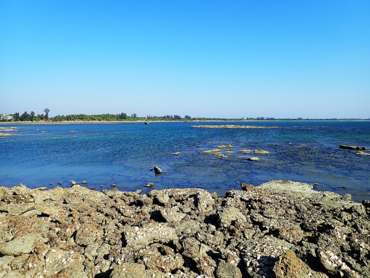
OUR ACHIEVEMENTS
Lorem ipsum dolor sit amet consectetur. Bibendum adipiscing morbi orci nibh eget posuere arcu volutpat nulla.
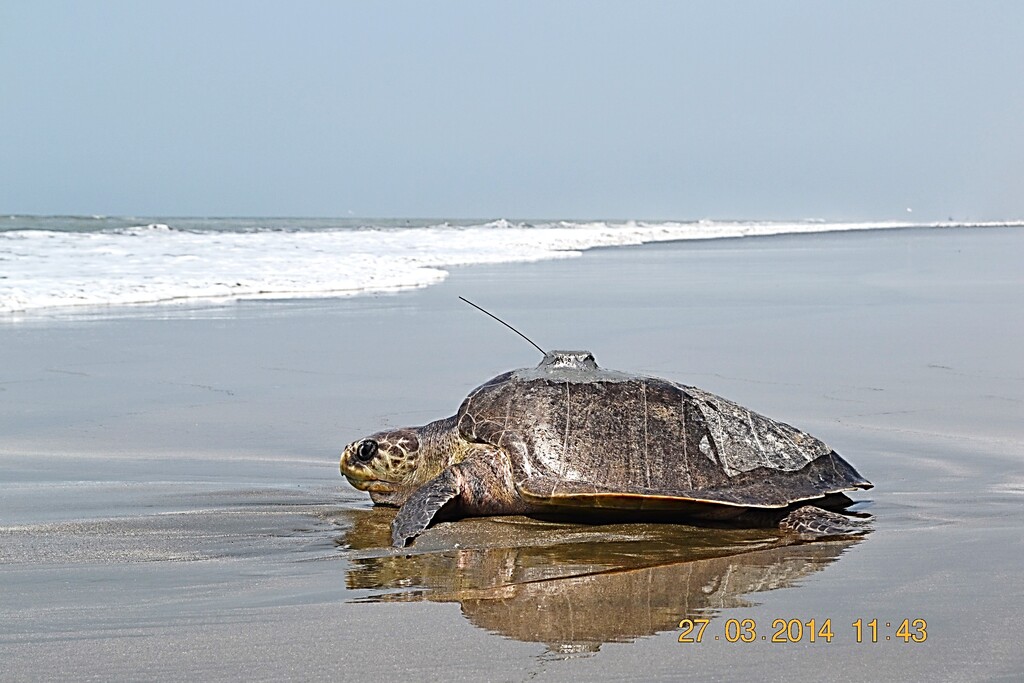
more than 130,000 olive ridley and green turtle hatchlings released so far in the wild from our restoration program
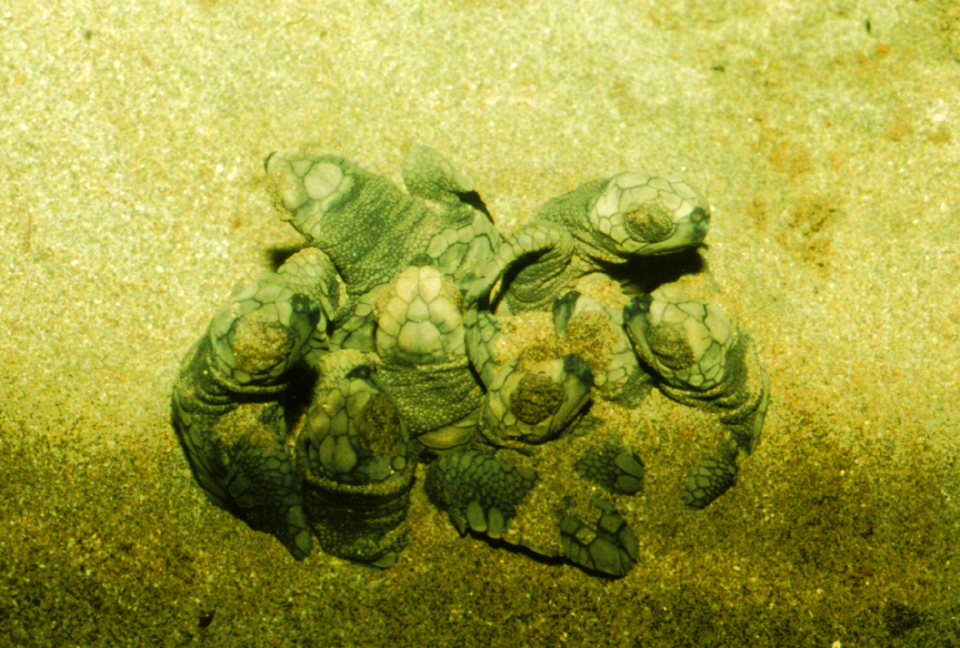
more than 130,000 olive ridley and green turtle hatchlings released so far in the wild from our restoration program
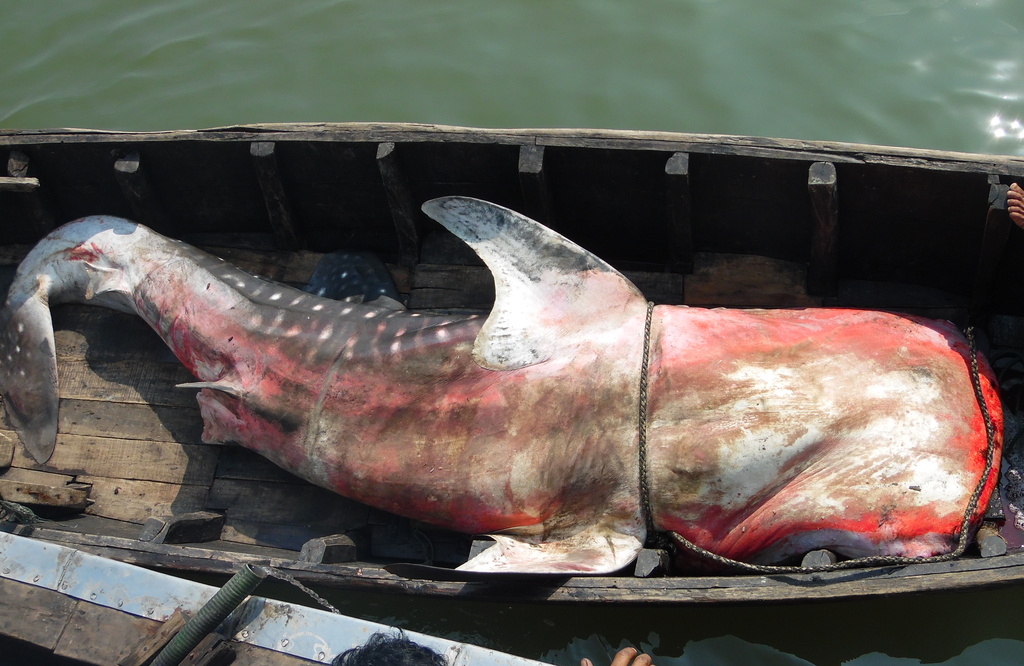
more than 130,000 olive ridley and green turtle hatchlings released so far in the wild from our restoration program
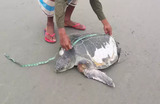
more than 130,000 olive ridley and green turtle hatchlings released so far in the wild from our restoration program
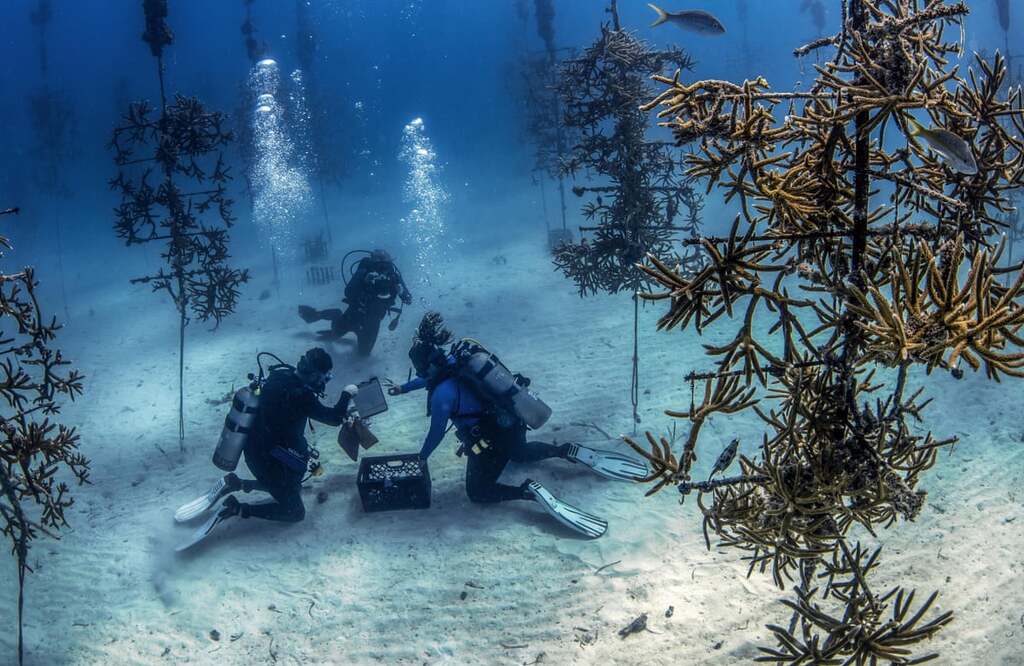
more than 130,000 olive ridley and green turtle hatchlings released so far in the wild from our restoration program
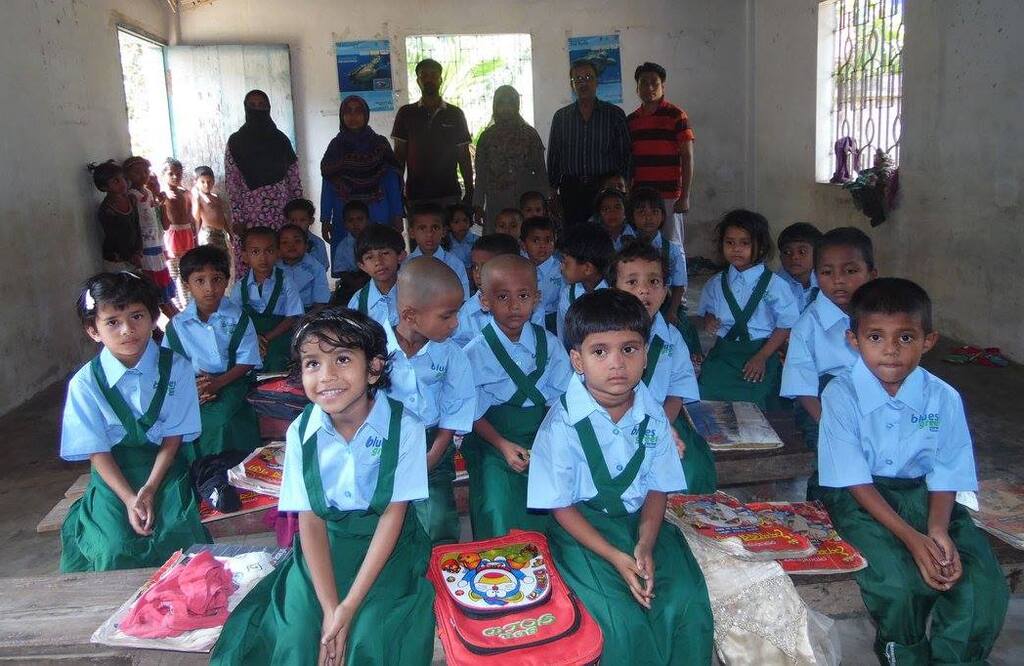
more than 130,000 olive ridley and green turtle hatchlings released so far in the wild from our restoration program
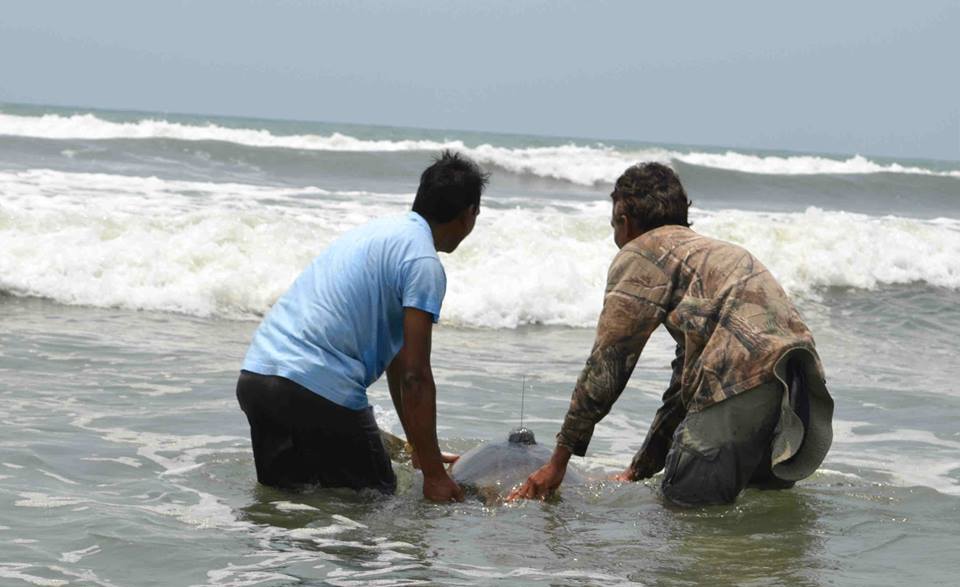
more than 130,000 olive ridley and green turtle hatchlings released so far in the wild from our restoration program

more than 130,000 olive ridley and green turtle hatchlings released so far in the wild from our restoration program

more than 130,000 olive ridley and green turtle hatchlings released so far in the wild from our restoration program

more than 130,000 olive ridley and green turtle hatchlings released so far in the wild from our restoration program

more than 130,000 olive ridley and green turtle hatchlings released so far in the wild from our restoration program

more than 130,000 olive ridley and green turtle hatchlings released so far in the wild from our restoration program
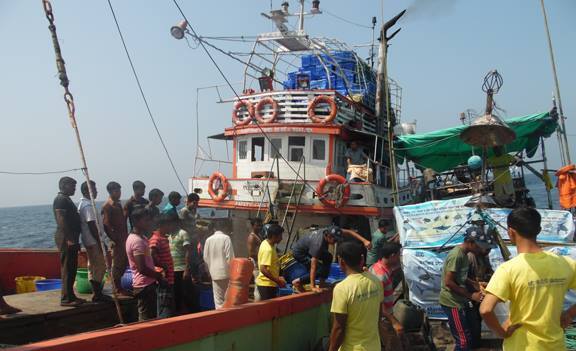
more than 130,000 olive ridley and green turtle hatchlings released so far in the wild from our restoration program

more than 130,000 olive ridley and green turtle hatchlings released so far in the wild from our restoration program

more than 130,000 olive ridley and green turtle hatchlings released so far in the wild from our restoration program
Lorem ipsum dolor sit amet consectetur bibendum
Lorem ipsum dolor sit amet consectetur bibendum
Lorem ipsum dolor sit amet consectetur bibendum
Lorem ipsum dolor sit amet consectetur bibendum
Lorem ipsum dolor sit amet consectetur bibendum
Lorem ipsum dolor sit amet consectetur bibendum
OUR MISSION
Lorem ipsum dolor sit amet consectetur. Bibendum adipiscing morbi orci nibh eget posuere arcu volutpat nulla. Tortor cras suscipit augue sodales risus auctor. Fusce nunc vitae non dui ornare tellus nibh purus lectus. Lorem ipsum dolor sit amet consectetur. Bibendum adipiscing morbi orci nibh eget posuere arcu volutpat nulla. Tortor cras suscipit augue sodales risus auctor. Fusce nunc vitae non dui ornare tellus nibh purus lectus.
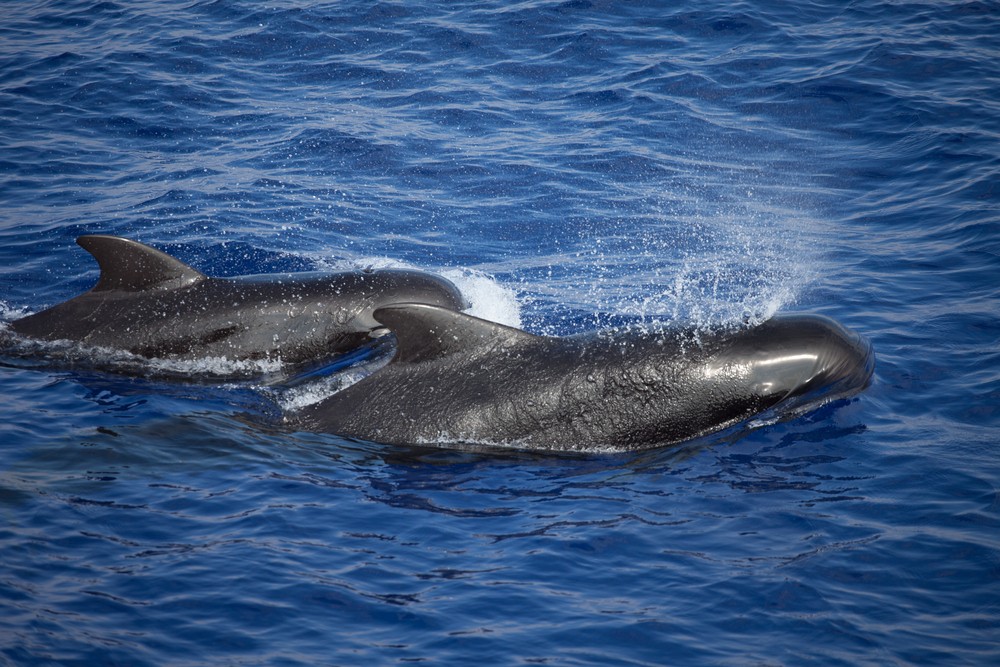


Lorem ipsum dolor sit amet consectetur. Bibendum adipiscing morbi orci nibh eget posuere arcu volutpat nulla. Tortor cras suscipit augue sodales risus auctor. Fusce nunc vitae non dui ornare tellus nibh purus lectus.
Volutpat nulla. Tortor cras suscipit augue sodales risus auctor. Fusce nunc vitae non dui ornare tellus nibh purus lectus.

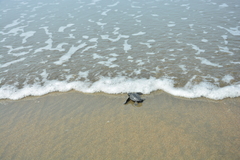
Lorem ipsum dolor sit amet consectetur. Bibendum adipiscing morbi orci nibh eget posuere arcu volutpat nulla. Tortor cras suscipit augue sodales risus auctor. Fusce nunc vitae non dui ornare tellus nibh purus lectus.
Volutpat nulla. Tortor cras suscipit augue sodales risus auctor. Fusce nunc vitae non dui ornare tellus nibh purus lectus.

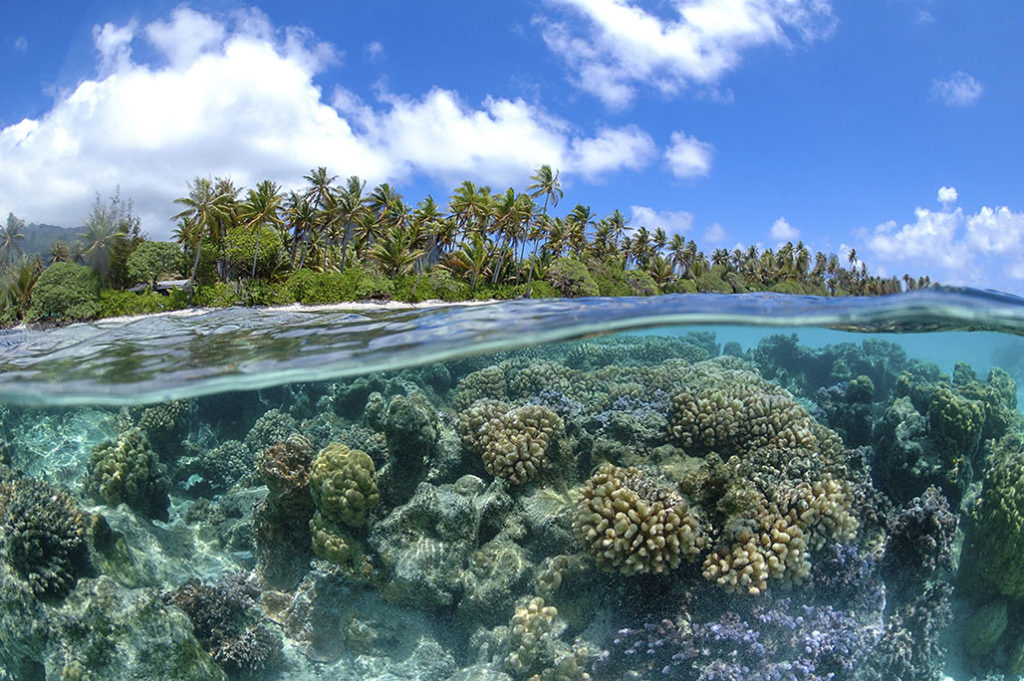
Lorem ipsum dolor sit amet consectetur. Bibendum adipiscing morbi orci nibh eget posuere arcu volutpat nulla. Tortor cras suscipit augue sodales risus auctor. Fusce nunc vitae non dui ornare tellus nibh purus lectus.
Volutpat nulla. Tortor cras suscipit augue sodales risus auctor. Fusce nunc vitae non dui ornare tellus nibh purus lectus.


Lorem ipsum dolor sit amet consectetur. Bibendum adipiscing morbi orci nibh eget posuere arcu volutpat nulla. Tortor cras suscipit augue sodales risus auctor. Fusce nunc vitae non dui ornare tellus nibh purus lectus.
Volutpat nulla. Tortor cras suscipit augue sodales risus auctor. Fusce nunc vitae non dui ornare tellus nibh purus lectus.

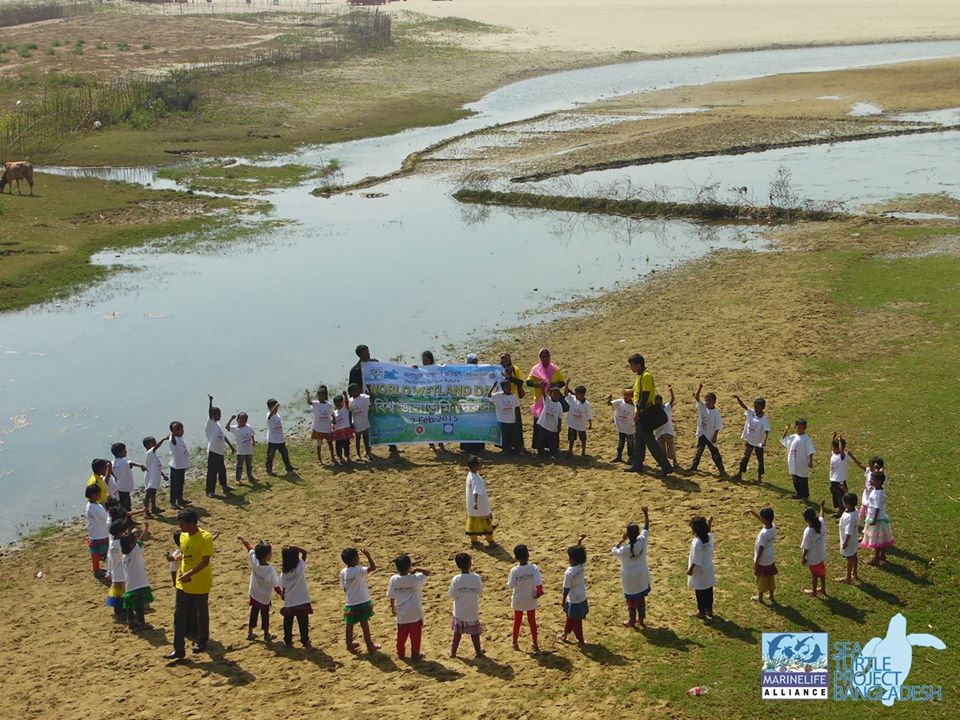
Lorem ipsum dolor sit amet consectetur. Bibendum adipiscing morbi orci nibh eget posuere arcu volutpat nulla. Tortor cras suscipit augue sodales risus auctor. Fusce nunc vitae non dui ornare tellus nibh purus lectus.
Volutpat nulla. Tortor cras suscipit augue sodales risus auctor. Fusce nunc vitae non dui ornare tellus nibh purus lectus.
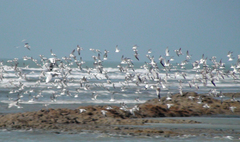
Lorem ipsum dolor sit amet consectetur. Bibendum adipiscing morbi orci nibh eget posuere arcu volutpat nulla. Tortor cras suscipit augue sodales risus auctor. Fusce nunc vitae non dui ornare tellus nibh purus lectus.
Volutpat nulla. Tortor cras suscipit augue sodales risus auctor. Fusce nunc vitae non dui ornare tellus nibh purus lectus.

Lorem ipsum dolor sit amet consectetur. Bibendum adipiscing morbi orci nibh eget posuere arcu volutpat nulla. Tortor cras suscipit augue sodales risus auctor. Fusce nunc vitae non dui ornare tellus nibh purus lectus.
Volutpat nulla. Tortor cras suscipit augue sodales risus auctor. Fusce nunc vitae non dui ornare tellus nibh purus lectus.
Lorem ipsum dolor sit amet consectetur. Bibendum adipiscing morbi orci nibh eget posuere arcu volutpat nulla. Tortor cras suscipit augue sodales risus auctor. Fusce nunc vitae non dui ornare tellus nibh purus lectus.